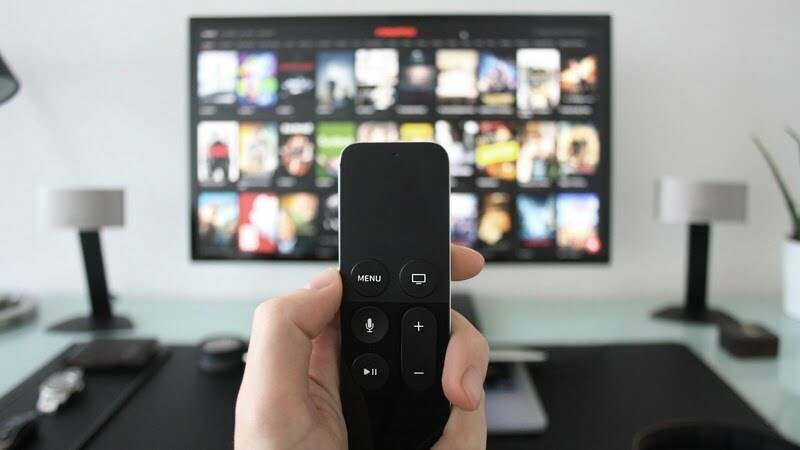The Telecom Regulatory Authority of India (TRAI) has today released a consultation paper on interoperable Set-Top-Box (STB) for digital TV broadcasting services.
Telecom Regulatory Authority of India (TRAI) has issued a consultation paper for the implementation of the Interoperable Set Top Box. TRAI had issued a pre-consultation paper on set-top-box interoperability during April 2016. Thereafter, a consultation note on solution architecture developed by Centre for Development of Telematics (C-DoT) for the technically interoperable set-top-box was issued during August 2017. The smart card-based solution has been successfully tested in lab conditions using separate instances of the Conditional Access System (CAS) developed by C-DoT. However, the field testing with a third-party CAS solution is still to be conducted with different industry stakeholders.
Recently, we have seen many changes and recommendations implemented by TRAI which includes the revamped mobile number portability (MNP), incoming call ringing time, KYC for DTH subscribers, revision on DTH channel tariff, New MNP porting fee and many more. And now, TRAI is working towards the interoperable option of Set-Top-Box. In our opinion, This may help the subscriber where the connectivity or quality is not good as expected from the cable or DTH subscriber. The DTH tariff war may not impact as currently, all DTH operators are following the TRAI tariff regime which is standard pack price across all operators.

The digital TV broadcasting services are received by the subscriber using a Set-Top-Box (STB), connected with the TV set. The STB receives TV signals from the distribution network and decodes them into viewable form for TV sets. STB enables the subscriber to view only those TV channels which he has subscribed to.
Presently the STBs deployed in the network are non-interoperable, i.e. the same STB cannot be used interchangeably across the different service providers. As far as STBs deployed by Direct to Home (DTH) players are concerned, STBs comply with the license conditions to support Common Interface (CI) module based interoperability. The lack of interoperability of STBs between different service providers has not only compromised the competition in the Pay-TV market but also a major burden to technological innovation, improvement in service quality, and sector growth.
TRAI has been taking various measures to achieve the set-top-box interoperability including the stakeholders’ meetings and discussions. The Authority also engaged with various technology companies in the broadcasting technology space for information exchange. A consultation paper is now issued with a view to eliciting a response from all the stakeholders for suggesting the best solution to implement the interoperability of STB.
With this consultation paper, TRAI has asked all DTH and Cable operators to provide their written comments on the proposed solution architecture for technical interoperable STB by Monday, December 9, 2019.

TRAI tariff regime in the broadcasting industry has caused major disruption as several subscribers complained increased TV bills which did not go well the regulator itself. It’s expected that the Television Subscriber Base in India will be decreased owing to the sub-par implementation of the new tariff regime. However, that seems to be not the case, according to a new report by IRS Study. According to the study, TV homes grew by two million to 194 million in Q2 2019, from 192 million in Q1 2019.
TRAI’s New Tariff Order (NTO) came into effect on April 1, which is at the start of the second quarter, so clearly, two million new TV homes were added during the period. This news comes at a time when Trai itself admitted that the tariff order requires some changes which will help the subscribers restart watching TV from their Cable TV or DTH connection.
TV Homes Continue to Grow Despite Increased Bills Under New Tariff Mandate
2019 will be marked as a disruptive one in the Indian broadcasting industry. The Trai tariff regime irked a lot of users switch their DTH or Cable TV connection with an OTT app subscription and a high-speed broadband connection. More than 50% of the subscribers complained of increased TV bills under the new tariff mandate, but for some, it actually reduced the overall bill.
The IRS study also revealed that there were 183 million TV homes back at the end of 2017 and the number was increased to 197 million at the end of 2018. However, before the Trai tariff mandate became effective, TV Homes were reduced to 192 million in Q1 2019, only to increase by two million in Q2 2019, after the Trai mandate came into effect. While everyone is assuming that the Trai tariff regime has just created a mess in the broadcasting industry, this IRS study reveals another side of the story as more TV homes were added during the same period. It will be interesting to see going forward how the subscriber base grows.
